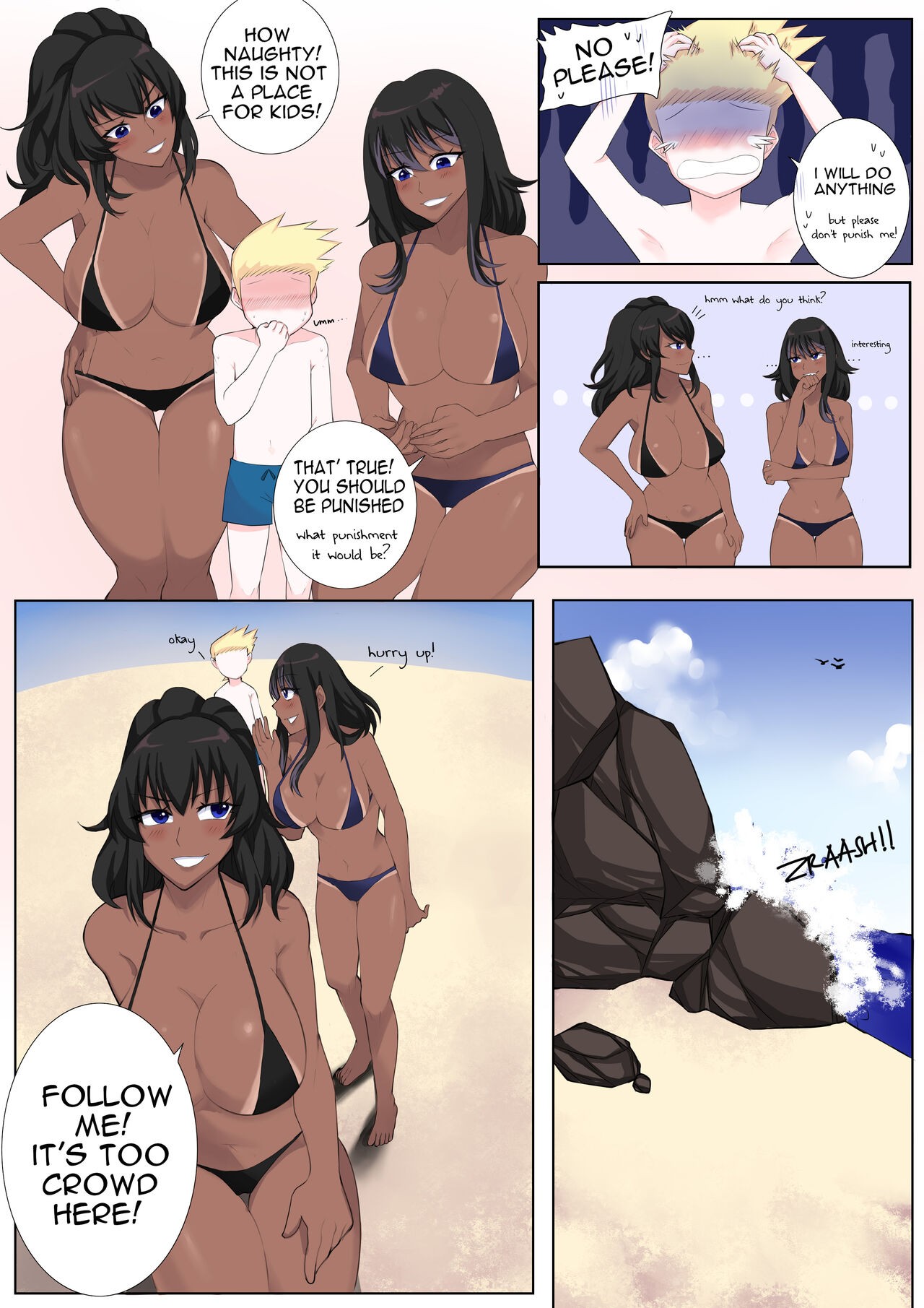
5 Smart Ways to Discover Science Comics in 2025
In the age of digital storytelling, science comics have emerged as a vibrant medium that combines visual art and science communication. As educational tools, they are not only entertaining but also effective in enhancing science literacy among children and adults alike. In 2025, discovering science comics has become more accessible with various innovative platforms and formats available. This article will explore five smart ways to discover captivating science comics that illuminate scientific concepts, spark curiosity, and engage readers through humor, adventure, and creativity.
From graphic novels to comic strips, the options for exploring science-themed illustrations abound. We will delve into a variety of resources, including online platforms, smart app recommendations, and community engagement strategies, to ensure you can make the most of science comics available today. Alongside, we’ll share some insights on popular science graphic novels and educational graphic storytelling techniques. Let’s embark on this illustrated journey into the world of science comics!
Utilize Digital Comic Platforms for Exploration
Exploring Online Comic Libraries
Digital comic platforms such as ComiXology and Webtoon have transformed how readers access comic books. They offer vast libraries that include sub-genres like educational comics, science fiction comics, and even STEM comics designed specifically for children. These platforms feature user-friendly interfaces, allowing you to search by category or topic. Additionally, previews are often available, introducing you to various comic art styles and narratives before making a purchase.
On these platforms, you'll find a range of science comics covering everything from comic explanations of science principles to humorous science comics that make learning enjoyable. Popular titles includes interactive formats which can draw in young readers effectively, reinforcing the idea of science through both visual storytelling and narrative structures.
Mobile Apps for Science Comics
In 2025, mobile apps designed for reading comics are becoming increasingly popular, particularly those that focus on educational content. Apps like Comic Book Story and Tapas not only host a variety of comics but often spotlight excellent science comics that promote literacy through comics. These apps utilize innovative features such as personalized recommendations based on reading history and preferences, helping readers discover niche titles like science adventure series or illustrated science stories.
Moreover, mobile apps integrate interactive elements that can make science concepts more relatable, such as digital experiments and multimedia storytelling in science comics. Research suggests these formats can significantly boost engagement and understanding among young audiences.
Engage with Local Comic Book Stores and Events
Community Engagement through Comic Events
Interacting with your local comic book community can lead to unexpected discoveries of science comics. Many comic book stores routinely host events like comic fairs, workshops, and author signings, which can spotlight local and independent comic creators focused on science-themed narratives. Participating in these opportunities fosters connections between readers and creators, enhancing the overall experience.
These events often include panel discussions where attendees can learn about the creative process behind science comics, as well as insights into effective comic education techniques. Engaging discussions can inspire readers to appreciate the depth of storytelling while promoting science advocacy through comics.
Collaboration with Schools and Libraries
Local libraries and schools are increasingly integrating comics into their educational frameworks, making them key players in promoting science literacy. Many libraries compile special displays or collections featuring children’s graphic novels, showcasing important themes such as environmental comics or biography comics of notable scientists. Schools may also utilize comic strips for classroom use, enhancing lessons through visual aids in science.
Additionally, organizations often provide resources that outline educational strategies using comics, making it easier for educators to incorporate comics into their science curriculum. This type of community involvement ensures that readers of all ages can access an array of science comics while also benefiting from the collective wisdom of educators and librarians.
Social Media and Online Communities for Recommendations
Finding Recommendations through Social Media
Social media platforms are rich resources for discovering science comics. Following comic creators, publishers, and mores on platforms like Twitter, Instagram, and TikTok can keep you informed about new releases and trending topics like comic art styles and stories. Many creators actively engage with their fans, showcasing behind-the-scenes developments or offering exclusive content related to new comic science series.
Online recommendations through hashtags such as #ScienceComics, #STEMComics, and #GraphicNovels can lead you to hidden gems and trending series. Engaging with these communities can also foster dialogue about the role of visuals in learning and their impact on readers' comprehension of scientific concepts.
Online Forums and Book Clubs
Online forums and book clubs focused on comic books create a supportive space for discussions and recommendations. Participating in platforms like Reddit or Goodreads allows you to engage with other enthusiasts who share a passion for science communication through comics. Here, members often share their favorite titles, discuss narrative techniques in comics, and explore character-driven stories that effectively convey complex science topics.
Being part of these discussions not only enhances your understanding of the science exploration comics genre but also exposes you to diverse representation in science comics and opportunities for graphic storytelling that you might not have encountered otherwise.
Its part of generated content. Can i generate another part?